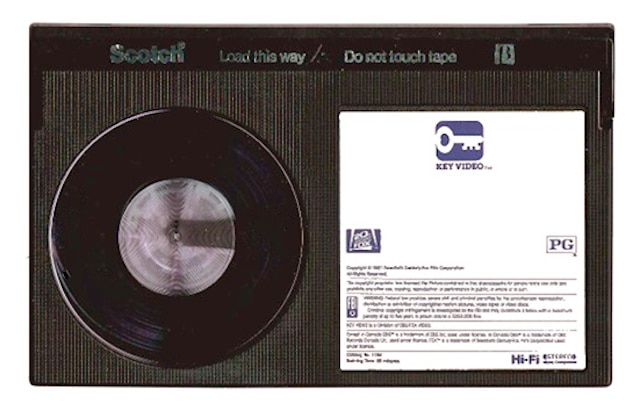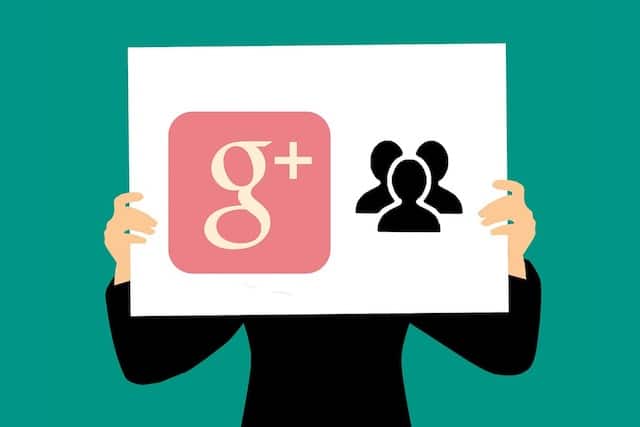The last couple of decades of the tech age has introduced some of the most incredible advances we’ve ever witnessed in human history. Consider the fact that you have most of our knowledge as a civilization available in your pocket at any given time. That’s bananas.
Of course, some of the things that were touted as the “next big thing” in the tech realm did not quite set the world on fire. They in fact may have set other things on fire, quite literally. They can’t all be zingers, and that’s why we’re presenting some of the worst product failures that have ever been launched upon the world.
10. Betamax

Even though you can now watch a four hour movie on a device small enough to get lost and become property of the couch gnomes forever, it wasn’t always that way. People obviously used the DVD format for a while, but before then it was a world dominated by the VHS tape. The Video Home System looked to have a rival rising up in the late ’70s in the form of the Betamax system.
Some people to this day claim that Betamax quality was better, and that other factors caused the system to not catch on. That would be false. VHS also had the side benefits of costing less and having a lot more movie availability, sure, but VHS tapes also just looked better, especially when Super VHS came out in 1987. The thing that probably stings the most is the fact that Betamax was actually winning handily for quite some time. The final nail in Betamax’s coffin? Porn. When that industry chose VHS for their discerning customers, that was it.
9. Apple Newton
Believe it or not, there was a time when Apple didn’t rule the world. After their huge chunk of relevance in the early ’80s with their Macintosh line, they actually had quite a down time. During this period, one of their proposed items was the Apple Newton, which promised to be a world-changing personal handheld assistant.
It was unveiled in 1992. Its main appeal was that it was promised to fit in a pocket. It would have a stylus, and could work with either Macs of PCs. Another intended killer feature was that it would recognize handwriting. It … didn’t quite do that. The feature was so broken that the Doonesbury comic made fun of it nationally for a week. Steve Jobs, who had been relegated to the sidelines at Apple for some time, famously hated it.
8. ESPN mobile phone

ESPN is the worldwide leader in sports. They offer unrivaled access to your favorite teams and players, and have helped build the 24-hour sports news cycle that we know today. They are also incredibly, shockingly, astoundingly bad at things outside of that area of expertise. For some reason only known to the House that Chris Berman Built, they decided in 2005 to produce their own mobile phone.
Mobile ESPN was a cell service that was supposed to be centered around the sporting world, for whatever reasons. Whereas the technology of phones at the time was still in its infancy, Mobile ESPN would provide its own phone that would excel at browsing the ESPN website and getting the latest scores. The phone itself cost three hundred bucks, with monthly data skyrocketing as high as another two hundred. Steve Jobs, when meeting with an ESPN company man, called it “the dumbest f#$%ng idea I have ever heard.” It folded less than a year after being announced. C’mon man!
7. PlayStation Home
Imagine Facebook, where you can meet every type of person you could imagine from all around the world, but a digital version populated with buildings and avatars with endless possible interactions. Unless you were a female, in which there were a thousand dudes trying to air-hump you onscreen.
It came to life on the PlayStation 3 in 2008. It also took what seemed like years to install all the software to the system. Promises were made of all sorts of games in-app to play, and all sorts of extra rewards to reap. What it ended up languishing around as was a slightly beefed-up chat vehicle. That had tons and tons of ways for you to spend your money. Sony finally pulled the plug on Home in 2015, unable to find a fun way to steal your money.
6. LaserDisc

The ’80s and ’90s saw quite a few video formats fighting it out for viewers’ choices, including DVD, VHS, and LaserDisc. LaserDisc was caught in that battle of too many choices. It had two sides, and you flipped it to watch the second half of a movie. But since VHS had continued dominance even through part of the 1990s with its cheap cost, LaserDisc never really had a shot.
One annoyingly glaring mistake was that you couldn’t record on it. And, much like the Betamax story, VHS tapes were just so ubiquitous at video stores, in homes, and, yes, in porn. LaserDisc never had a fighting chance.
5. WebTV
In 1996, WebTV was launched, promising those who didn’t have home computers yet a similar experience on their televisions. Oh, not pre-existing televisions. You had to buy a modified TV-like device that would then take you to the internet and beyond. It was a gamble they took, thinking that people were gathered around a television anyway, so that’s where they’d like to do their internetting.
Two things happened that killed WebTV: the rise of cellphones and the lowering prices of PCs. Oh, and imagine trying to read websites from the distance that you watch TV. It doesn’t work. Microsoft didn’t care, and bought into the device for $425 million soon after it launched. Surprisingly enough, WebTV limped along for years, morphing into MSN TV in 2001. Finally, they showed mercy and killed it off for good in 2013.
4. Microsoft Zune

Apple’s iPod came out in 2001, completely changing the way the world experienced and interacted with music. Whole music libraries were now traveling around with you in your pocket. Microsoft saw this revolution and wanted in, but instead of making a great music player that was easy to add music too, they pooped in a package and expected you to buy it.
The quality of the music on the Zune was actually fine. That wasn’t the problem. It was just that, five years after the iPod became the world leader in tiny music players, it was simply too late to compete. It might have had a chance if the tech was great. It wasn’t. Everything Apple did for their player was already kind of perfect. The Zune didn’t try to do anything better.
3. Eons.com — social network for baby boomers
Picture all the great things about your preferred social media sites, be it the opportunity to reconnect with old high school friends, or to slide into some unwitting person’s DMs. Now imagine that potential for creating relationships over vast units of distance and time, but with really old people.
2006 was the year that someone decided “hey we have dedicated hook-up websites for Christians and farmers, why not let old people have a turn?!” The same guy that founded Monster.com was guilty of that sentiment, and of no shock to anyone, it didn’t catch on. Forget the fact that the 50-and-up crowd aren’t as apt to turn to the internet for lots of things, let alone love. It lasted only six years, even in the age of Viagra.
2. Google Plus

What if there was Facebook, but not fun? That’s what the unassuming public was asked when Google Plus debuted in 2011. The public decided they were going to try it, and Google Plus at its height boasted more than 190 million users. The problem was, those “users” weren’t “using it”. That’s because it lacked fun things like features and interactivity. So people may have been registered, but after farting around on it for a while, gave up.
It also had a fatal security flaw, which led to half a million users having their information compromised. Add to that a ridiculously-stupid mandate from Google for users of YouTube and other Google services to have a Plus login, and you have all the makings of an unqualified failure.
1. Galaxy Note 7/Galaxy Fold
Hey, remember when you bought that great phone that was feature-rich and ahead of its time, but also exploded sometimes? Samsung remembers. The Galaxy Note 7 was launched in 2016 to rave reviews. One month later, a significant problem became evident: because of battery insulation issues, some of the devices were catching fire and exploding. Which is not a feature Android users usually clamor for. Two and a half million Galaxy 7s were recalled, but this is not the time Samsung’s Galaxy line crapped the bed.
2019’s Galaxy Fold promised to offer a foldable phone that would open up into a mini-tablet. That’s awesome, right? The reality was that it was rushed to market before crippling errors in its design were addressed. It was pre-orders and tech companies that saw the defects before the official public release.The hinges that held the two panels together would be rendered useless if even little specks of dirt or dust got inside. And people thought the protective display cover was only temporary and meant to be removed. Once taken off, the display encountered all sorts of errors. It was immediately cancelled before release, and pushed back several months.